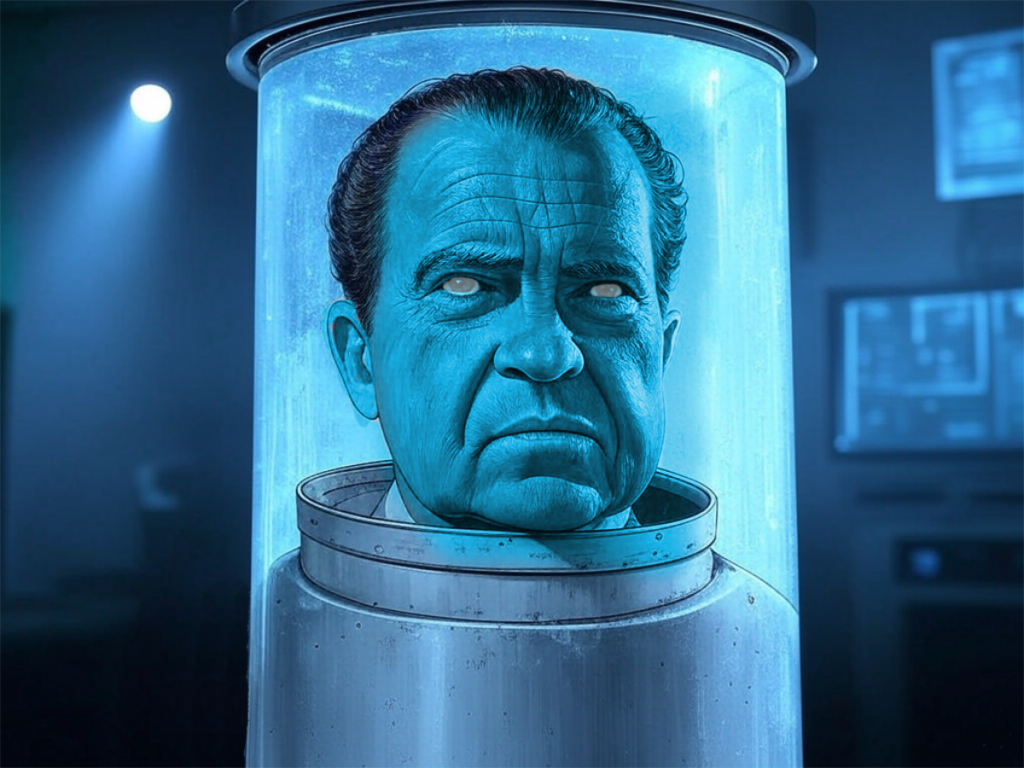Cryonics

Remember cryonics, the “freeze me now, wake me later” idea? News of a worm reviving after 46,000 years in Siberian permafrost reminded me of this once-futuristic concept. Popular in sci-fi since the 1930s (think Buck Rogers), it was first implemented in the 1960s, offering a shot at extreme longevity by preserving bodies after death for a future where aging and disease are history.
A Brief History Modern cryonics was kick-started by Robert Ettinger in his 1962 book, The Prospect of Immortality. The first notable case was that of psychology professor James Bedford, cryopreserved in 1967 shortly after dying of cancer. Bedford remains the earliest and longest-cryopreserved patient, held at Alcor in Arizona.
How It Works Today Once declared legally dead, patients undergo a process called vitrification—using cryoprotectant solutions to prevent ice damage—before being stored in liquid nitrogen at –196°C. Organizations like Alcor and the Cryonics Institute maintain these protocols, banking on future breakthroughs that might someday restore life.
Costs and Options Cryopreservation isn’t cheap. Whole-body preservation ranges from around $28K at the Cryonics Institute to approximately $200K at Alcor. More economical “neuro” (head-only) options, priced near $80K at Alcor, offer an alternative for those willing to bet on future technological advances.
The Big Question: Revival? While around 500+ individuals are currently cryopreserved across various facilities, the science needed to revive and repair a preserved body remains purely speculative. Humans aren’t microscopic worms and don’t have the built-in systems for preventing cell destruction from freezing. Nonetheless, for many tech enthusiasts and futurists, cryonics is a tantalizing “what if” scenario.
The Walt Disney Rumor: Thawed Truth
Oh, and about that Simpsons-fueled whisper—Walt Disney frozen under Disneyland? Nope. The man behind Mickey was cremated in 1966, ashes scattered, not iced. The myth took off because cryonics hit the scene around his death, and folks love a good tale. No hidden vat here—just a classic case of tech dreams outpacing reality. Still, it’s fun to imagine Walt 2.0 directing from the future, right?
Final thought: If the cost were trivial, would you give it a try?
